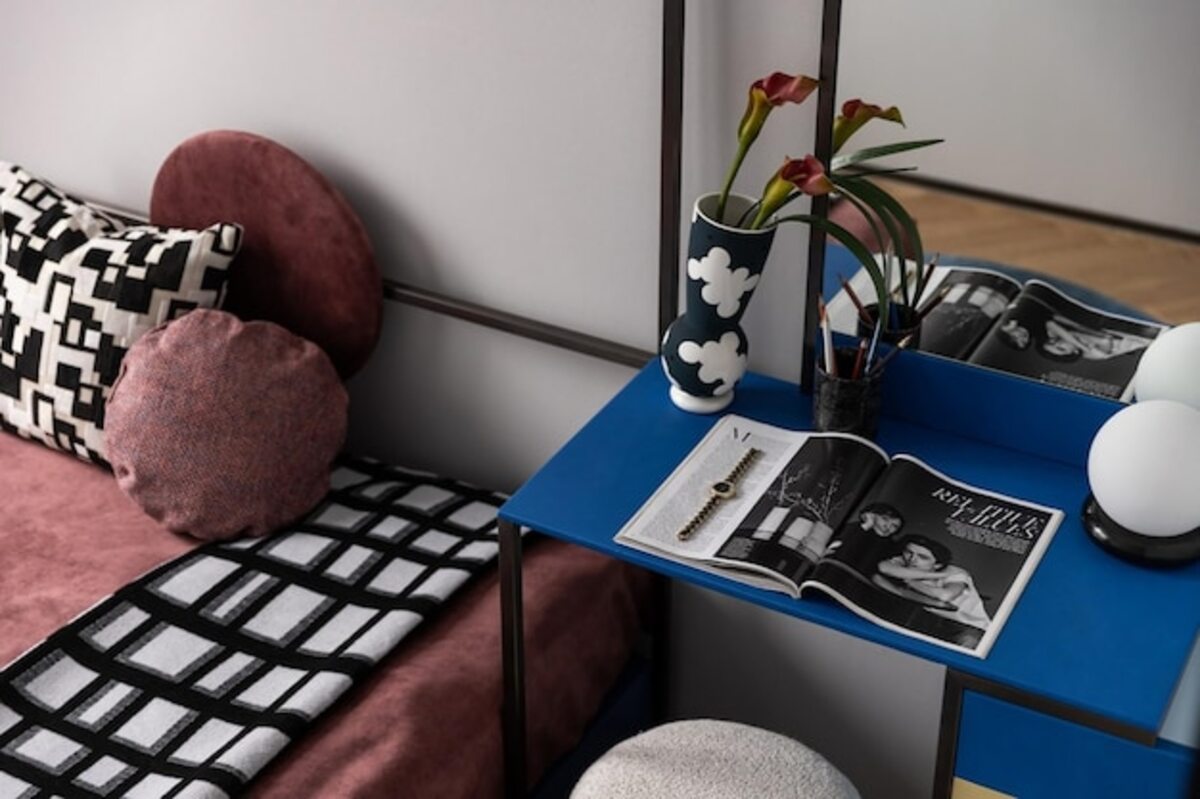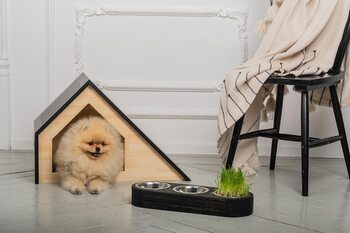Rediscover functionality with an inspiring urban design.

Rediscover functionality with inspiring urban design. In the heart of our cities, each space tells a story and reflects our way of living. Thoughtful urban design not only maximizes functionality but also transforms our homes into havens that foster creativity and well-being. Join me in exploring how urban elements can reconfigure your home and provide you with a new perspective on contemporary living, where every corner is an opportunity to innovate and enjoy.
The importance of urban design in small spaces
Urban design in small spaces is crucial for optimizing every centimeter and ensuring that each area serves a specific function without sacrificing aesthetics. In environments where space is limited, a creative approach can transform small areas into multifunctional places that meet the daily needs of their inhabitants. The incorporation of elements such as modular furniture, vertical storage solutions, and flexible zones allows a small home to be not only practical but also welcoming and aesthetically pleasing. Thus, urban design becomes an essential tool for maximizing the utility of the available space.
Moreover, urban design in small spaces fosters a deeper connection between residents and their environment. By integrating natural elements such as plants or outdoor spaces, an atmosphere is created that promotes physical and mental well-being. This connection with nature not only improves air quality and mood but also encourages a more active and social lifestyle. Innovative designs can incorporate community areas or intimate nooks that stimulate interaction among neighbors and friends, transforming what could be a simple home into a vibrant meeting point within the urban community.
2. Integrating natural elements into urban environments
Integrating natural elements into urban environments is a key strategy for creating spaces that are not only aesthetically pleasing but also functional and healthy. The incorporation of plants, wood, and organic materials can soften the rigidity of the urban environment, offering a refreshing contrast to concrete and steel. These elements not only provide visual beauty but also help improve air quality and reduce stress. When designing a home inspired by nature, an atmosphere that invites relaxation and well-being is fostered, transforming every corner into a personal refuge.
In addition, incorporating natural elements allows for a connection with the immediate environment. For example, green walls or vertical gardens are innovative solutions that maximize space without sacrificing aesthetics. Likewise, using reclaimed wood furniture or organic textiles helps create a cozy and sustainable atmosphere. This approach not only promotes a more conscious and environmentally friendly lifestyle, but also provides opportunities to personalize spaces according to our individual preferences and needs. In this sense, integrating the natural into the urban becomes a powerful way to rediscover our identity within the metropolitan landscape.
3. Multifunctional furniture: optimize your space
In a world where space is a luxury, multifunctional furniture has become an essential necessity for any urban home. These innovative designs not only save space but also provide creative solutions that allow for adaptation to different needs and lifestyles. From sofa beds that transform the living room into a cozy bedroom to extendable tables that facilitate family dinners, each piece becomes a strategic ally to maximize functionality without sacrificing style. Adapting your home with versatile furniture will allow you to enjoy greater freedom and comfort, making every area useful and attractive.
Additionally, multifunctional furniture fosters a more dynamic and flexible environment. By choosing pieces that can change function according to circumstances, you not only optimize your physical space but also your way of living. For example, modular shelves can serve as room dividers or additional storage as needed. This flexibility is not only practical but also invites renewed creativity in interior decoration. With each conscious choice of multifunctional furniture, you are rediscovering how elements of urban design can transform your home into a sanctuary where functionality and style coexist harmoniously.
4. Colors and textures that inspire in the city
The colors and textures we find in the city are not only reflections of its vibrant energy but can also be an inexhaustible source of inspiration for our home. Earthy tones like the gray of concrete, the warm brown of aged wood, or the deep blue of the urban sky create a cozy and modern atmosphere. By incorporating these colors into your spaces, you can evoke the essence of the streets and buildings around you, transforming each room into a tribute to urban life. The key is to balance neutral tones with more vivid accents that recall artistic graffiti or the colorful local markets, thus creating a dynamic space full of character.
Textures play an equally crucial role in this fusion between the urban and the homely. Rough surfaces like exposed bricks or polished concrete add depth and authenticity to any design. You can combine them with soft materials like natural fabrics or cushioned pillows to create an attractive contrast that invites comfort without sacrificing contemporary style. Incorporating decorative elements inspired by local architecture, such as industrial lamps or minimalist furniture, will help capture that urban essence while maintaining the functionality needed for your daily life. Thus, your home becomes not only a refuge but also a constant celebration of the urban environment that inspires you.
5. Collaborative spaces: fosters community from home
Collaborative spaces are a growing trend in interior design that encourages interaction and a sense of community among those who share a home. By integrating common areas that invite collaboration, such as spacious living rooms, open kitchens, or even shared patios, an environment is created where relationships can flourish. These spaces not only provide a place to share ideas and activities but also promote a more connected and healthy lifestyle. Essentially, designing with collaboration in mind transforms the home into a place where people feel valued and heard, thus strengthening familial and friendly bonds.
By incorporating urban elements such as modular furniture or multifunctional areas, space usage can be maximized without sacrificing style or comfort. Flexibility is key; tables that expand for meetings or workstations that adapt to different needs allow every household member to actively participate in creating a communal atmosphere. This approach not only enhances the functionality of the home but also invites everyone to put their personal stamp on the shared environment. Thus, every corner becomes an opportunity to create meaningful and memorable moments, rediscovering the essence of living together from a new urban and inspiring perspective.
6. Smart lighting: create versatile environments
Smart lighting has become an essential ally for those looking to create versatile and adaptable spaces. This type of technology allows you to adjust the intensity and color of the light according to the needs of the moment, providing environments that can change from a warm and cozy atmosphere for an intimate dinner to bright and stimulating lighting ideal for working or studying. By integrating smart lighting systems into your home, you can personalize every corner, making the space not only functional but also a reflection of your lifestyle and aesthetic preferences. Additionally, the ability to control lighting through mobile devices or virtual assistants adds an extra layer of convenience and efficiency. Imagine being able to program your lights to mimic natural light during the day or to automatically dim as night falls. This flexibility not only enhances the quality of the environment but also promotes emotional well-being by influencing our mood. With smart lighting, every room can easily transform, allowing your home to evolve alongside you and adapt to the different activities of daily life.
The combination of urban design and smart lighting not only maximizes the functionality of the space but also creates an inspiring environment where each element works in harmony to enrich your daily experience.
7. Sustainable trends in current urban design
Sustainable trends in current urban design are redefining the way we conceive our living spaces. Increasingly, architects and urban planners are adopting an approach that prioritizes harmony with the environment, using recycled materials and eco-friendly construction techniques. These designs not only aim to minimize environmental impact but also promote a healthier lifestyle by including green areas, rainwater collection systems, and efficient energy use. By incorporating these elements, cities become vibrant ecosystems that foster a connection between their inhabitants and nature.
Moreover, sustainable initiatives are transforming our perception of public space. Contemporary urban designs include community squares, vertical gardens, and pedestrian corridors that invite citizens to interact with each other, creating a sense of community. These areas not only improve air quality and reduce noise pollution, but also provide opportunities for outdoor recreational activities, which is essential for well-being. In this renewed context, every corner of the urban environment becomes an extension of home, a place where inhabiting goes beyond the physical and includes a deep emotional connection with our surroundings and those around us.



